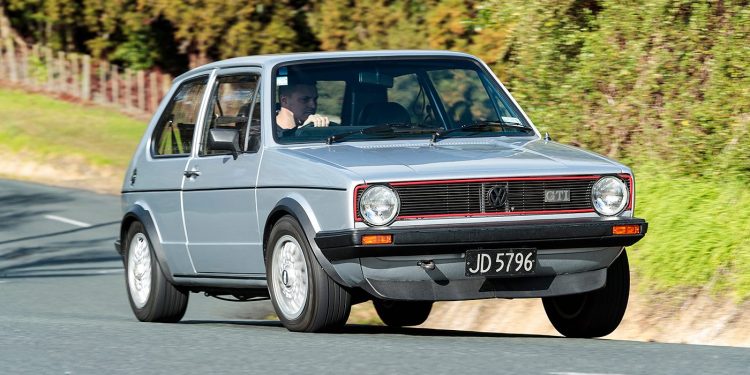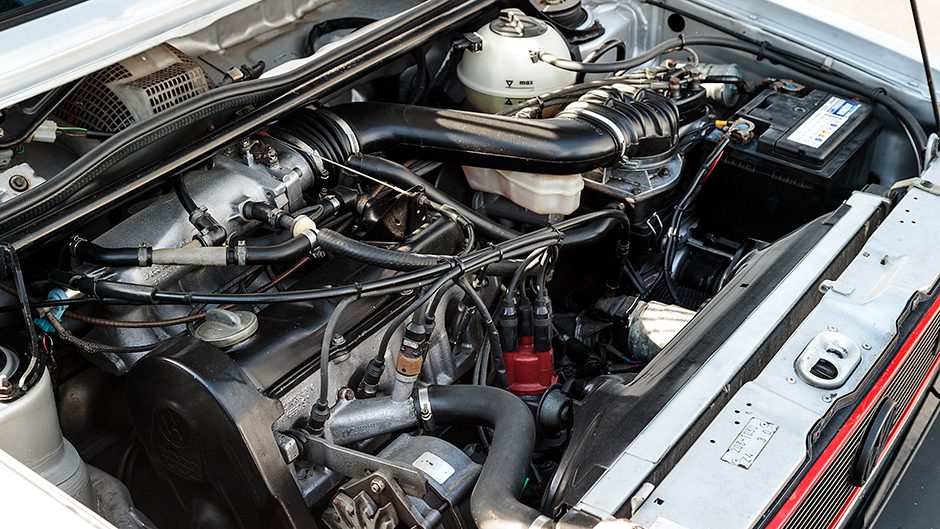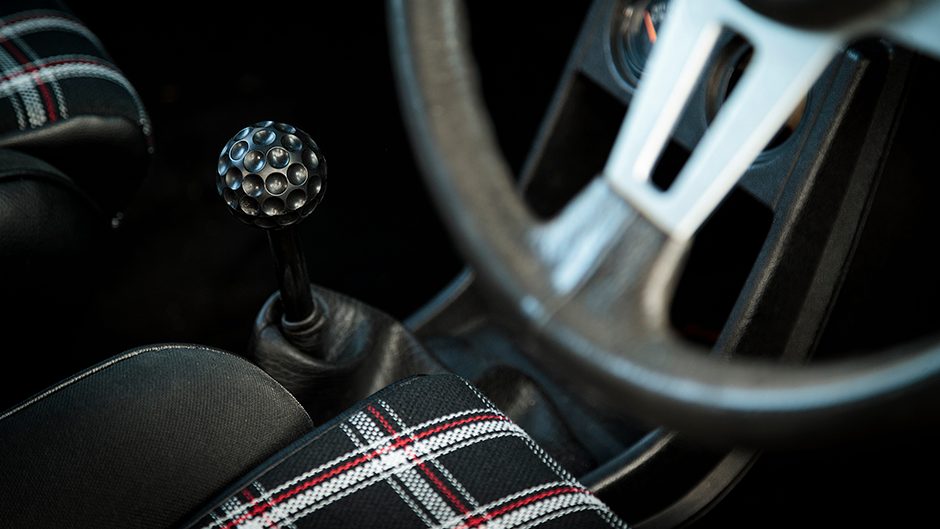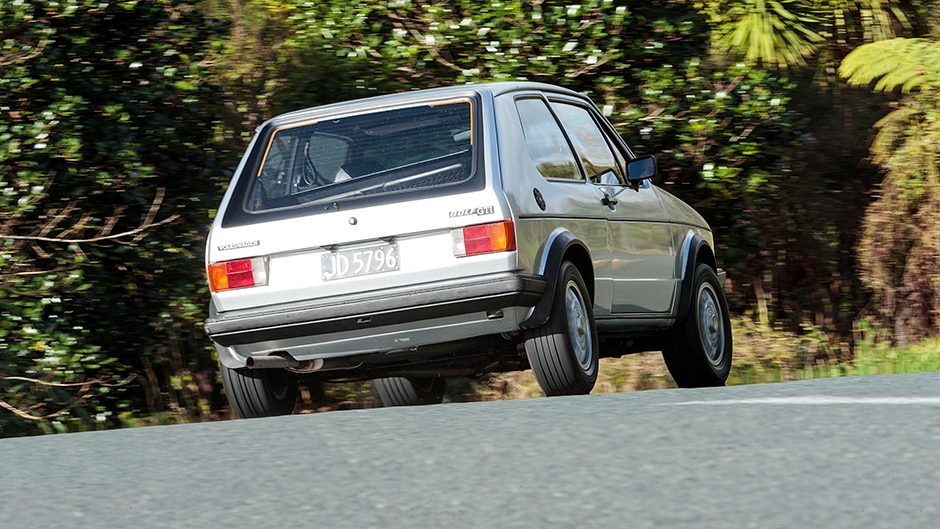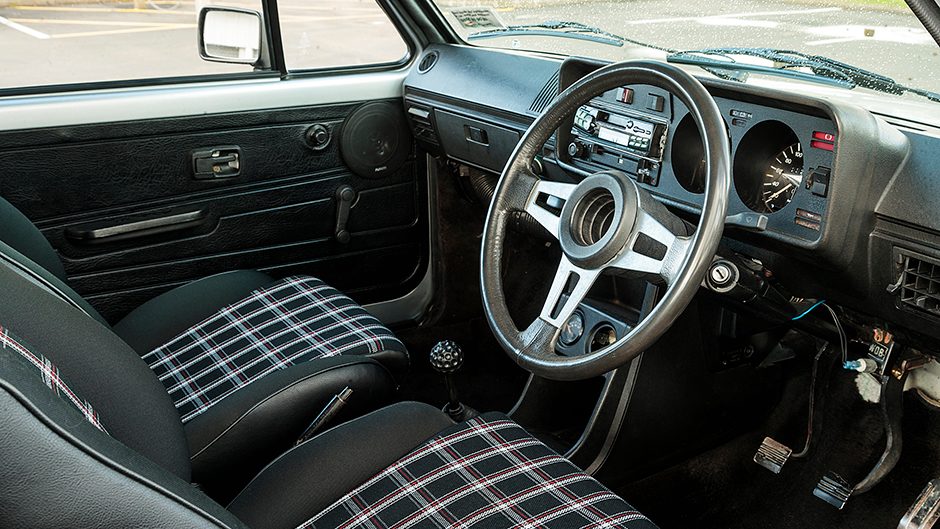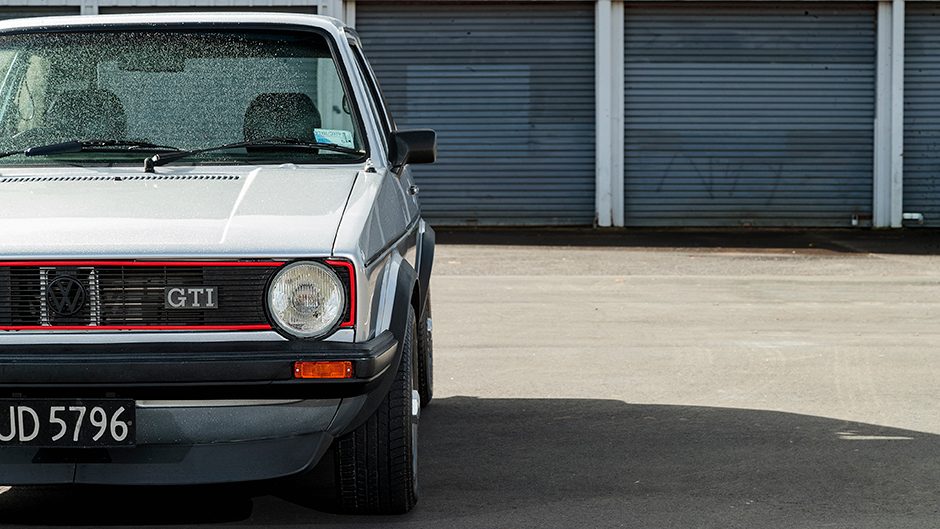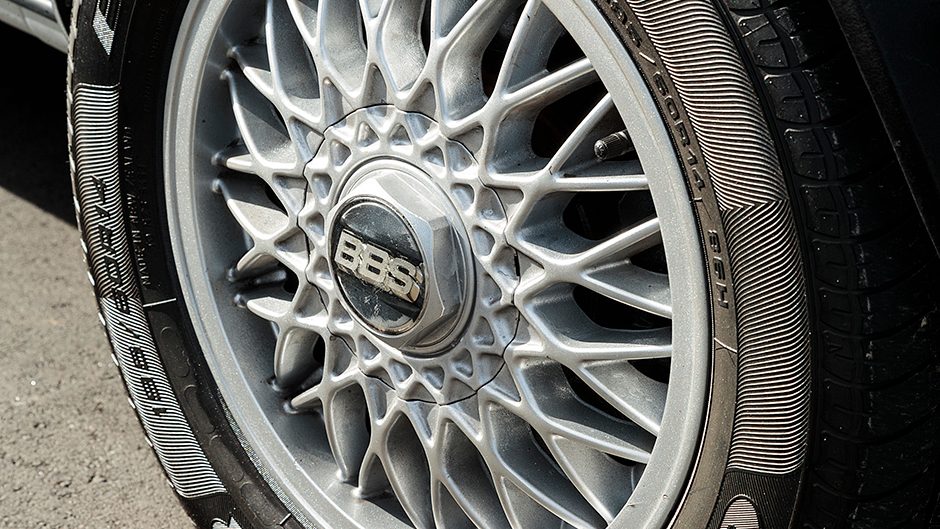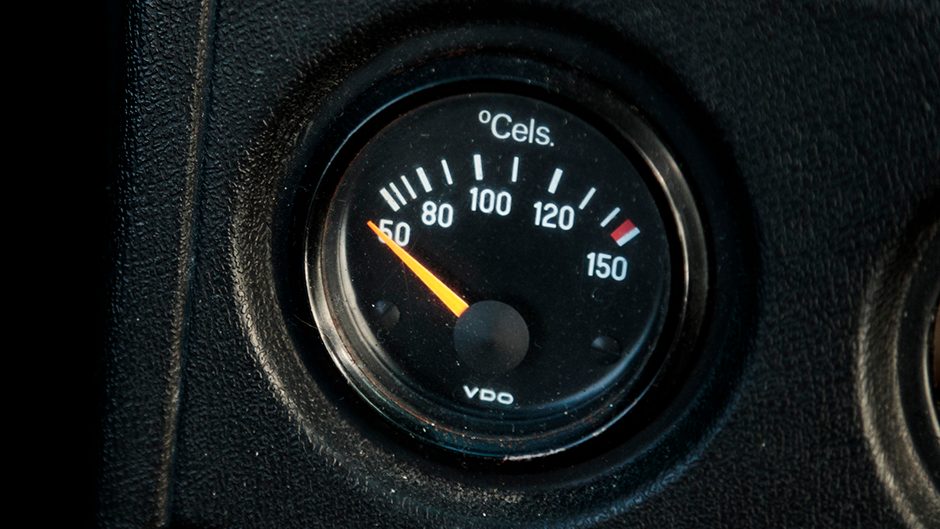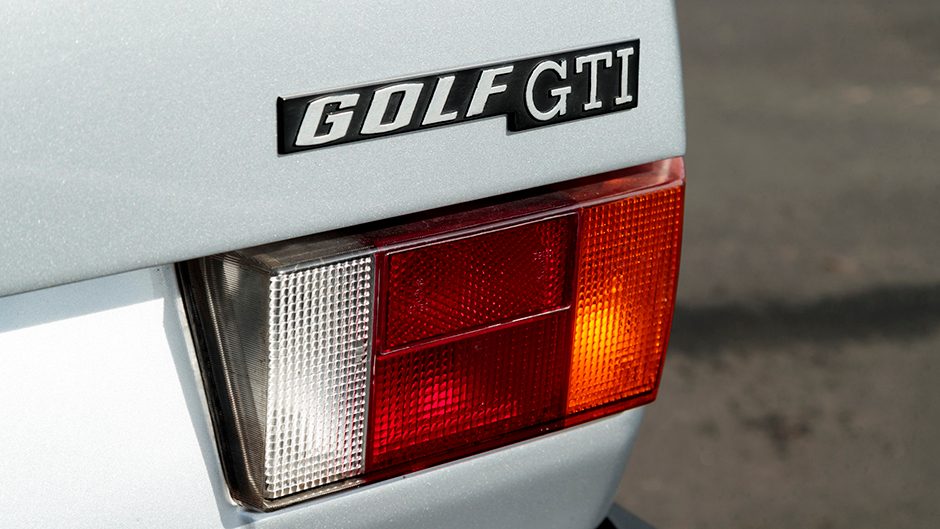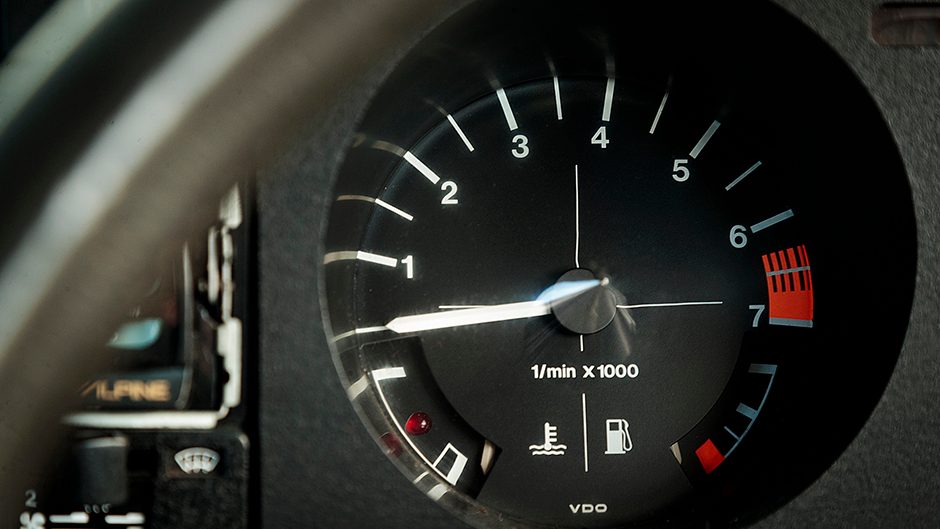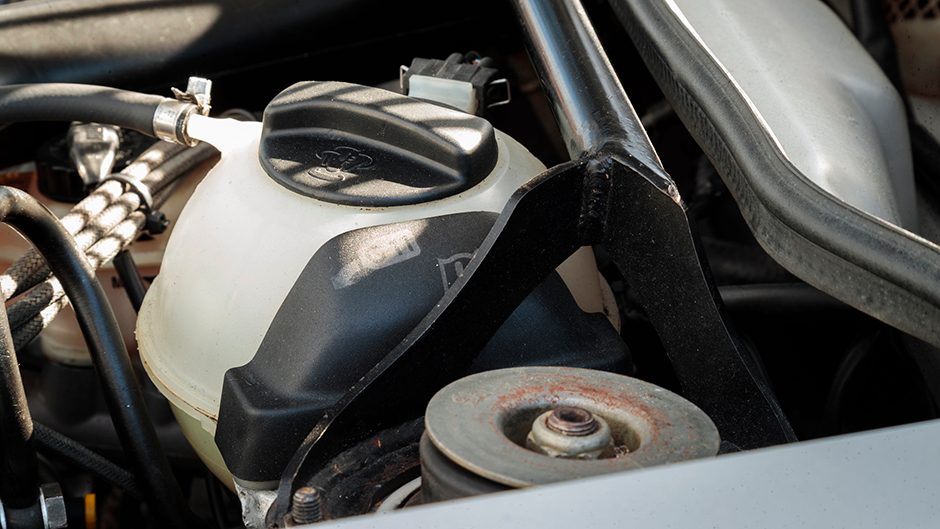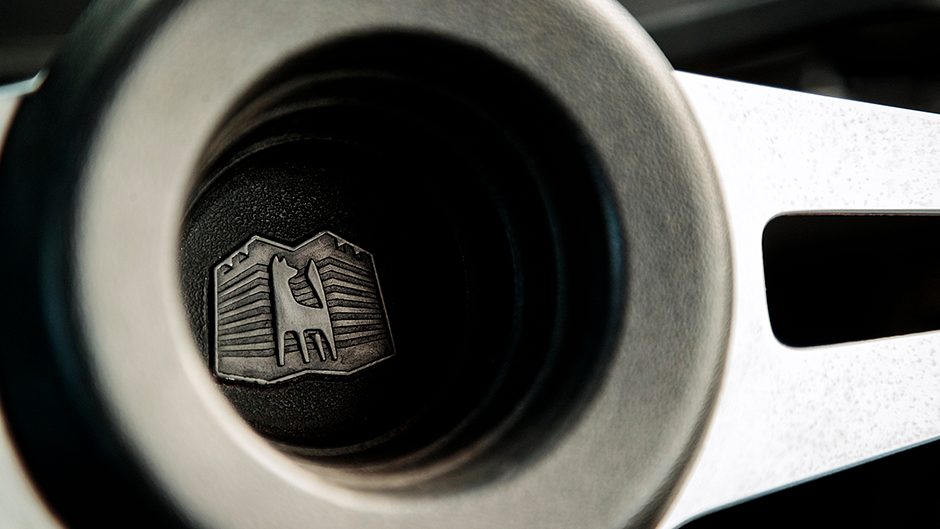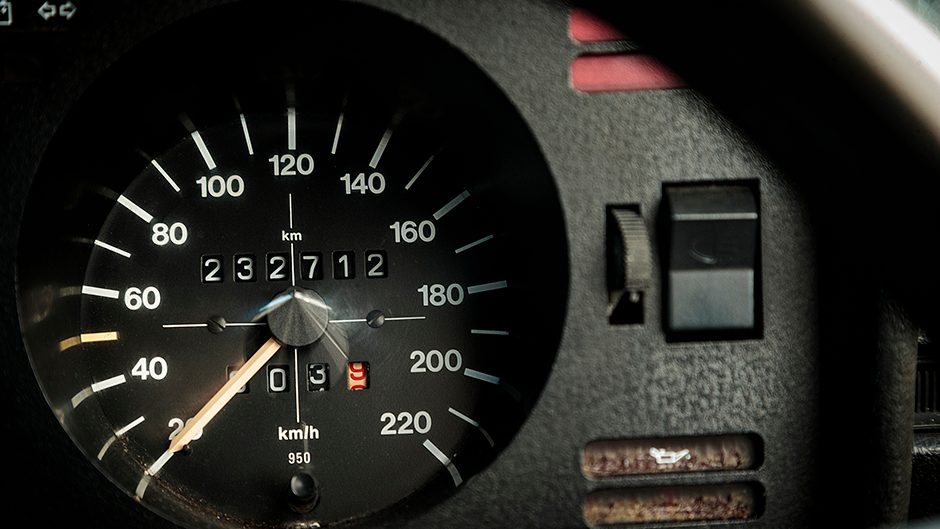1979 Volkswagen Golf GTI
Words Kyle Cassidy | Photos Tom Gasnier
While the Golf GTI might not have been the first hot hatch, it’s probably the most significant. Here we meet a kiwi-new example that has been given a revival
According to the font of all knowledge, the Internet, it’s cars like the Simca 1100 Ti and the Autobianchi A112 Abarth that many blogs and listicles suggest to be the pioneers of the hot hatch genre. You could argue the Mini Cooper S set the scene, stuffing more horsepower and handling into a small, front-engined, front-drive car, but alas, no hatchback!
Whatever, in the realms of hot-hatchdom, it’s the Golf GTI that holds sway as the seminal vehicle, the best of the best. Like most great cars, the Golf GTI was the result of a skunk works project. The Golf debuted in May 1974 and several VW department heads immediately set about collaborating towards a Sport Golf. The mule was based on a Scirocco and while this originally featured a twin-carb 1.6, it was replaced by a newly developed version of the engine, featuring fuel injection which helped it deliver similar power but in a more refined manner.
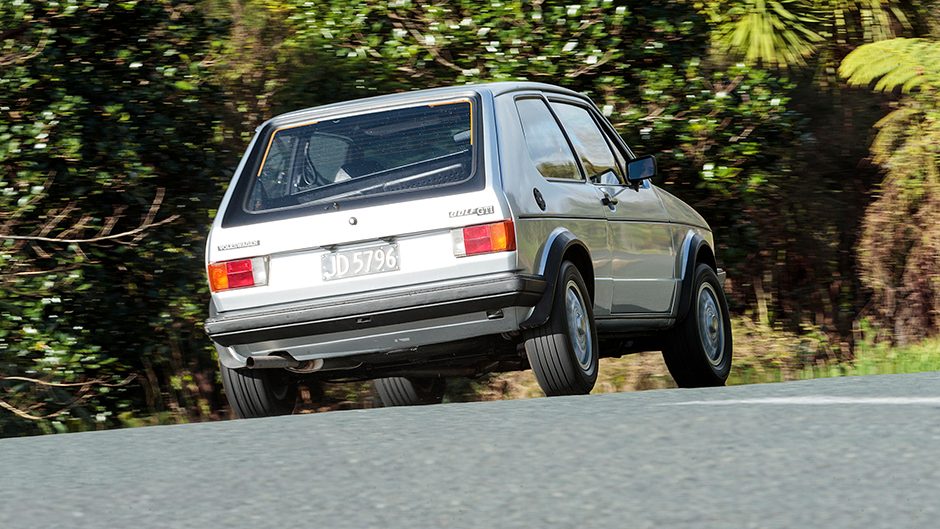
They presented their creation to the VW brass, who liked it, and they had a show car ready for the stand at the 1975 Frankfurt auto extravaganza. Initially viewed as a limited edition model, VW hoped to sell the 5000 required to qualify the GTI for production class racing but the go-fast Golf was a genuine sales hit. Produced from June 1976 to December 1983, VW churned out some 460,000 Mk1 GTIs. While it may not have been the first hot hatch, it did help cement the formula that the genre would adhere to for decades to come.
The GTI built on the ‘folded paper’ styling of the Giorgetto Giugiaro-penned Golf with pumped guards and additional plastic flares to house the 5.5-inch x 13-inch wheels (either steelies or 12-spoke alloys originally), a front air dam, the red frame around the grille which sported a GTI badge, black window frames and a matt black surround for the rear screen. Spot the early cars with their metal bumpers as from late 1978 they were adorned with plastic wrap-around items, while the post 1980 cars had larger rear taillights. The interior was treated to a few GTI tweaks like the golf ball-topped gear lever and racier trim.
Most associate the tartan upholstery with the GTI which was available with certain exterior colours, but a more staid striped pattern was produced in greater numbers. The steering wheel sported three aluminium spokes and the black rubber boss had the Wolfsburg logo pressed into the middle.
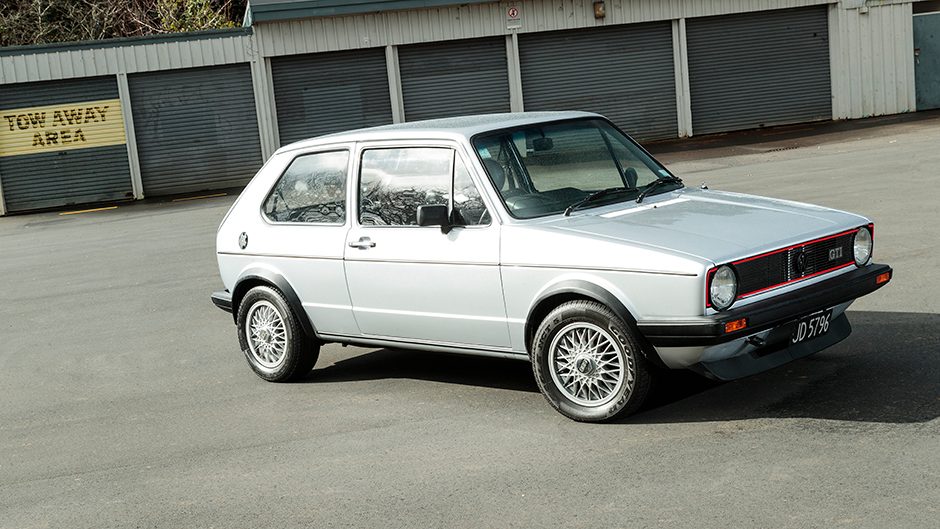
Facelift cars (August 1980 onwards) got a four-spoke plastic wheel, a revised dash and even a trip computer. Most GTI models were based on the three-door, though there was a run of left-hand drive five-doors in 1982. Where the garden variety Golfs had anywhere between 37 and 55kW from their carb-feb four pots, the GTI would receive a 1.6-litre overhead cam four, and with the addition of the Bosch K-Jetronic mechanical fuel injection, it was good for 81kW with 137Nm of torque at 5000rpm.
Originally equipped with a four-speed manual, it would gain five gears in 1979. From mid-1982 the engine was stroked to 1781cc, giving it more torque and was rated at 82kW with 150Nm at 3500rpm. The Golf’s front Mac strut and rear torsion beam suspension was fettled via the addition of sway bars at both ends and lower, stiffer springs for the dampers. Front brakes were upgraded via larger 239mm discs but the rear drums remained stock Golf items. This silver Golf GTI is a New Zealand-new example having travelled some 230,000km with many an owner until it’s current custodian, Nick Williamson, set about reviving it.
It’s had fresh panel and paint work, rectifying the usual rust-prone areas, while the engine has had a freshen up too, including a tricked up fueling system with new injectors. It’s also had the MkII rear brake swap. The interior has been reupholstered, now sporting the tartan trim rather than the grey striped seats it rolled with from the factory. Williamson, GM at International Motorsport, which also has its Performance Classics and Access Panel and Paint businesses, has overseen the restoration and preparation of many a fine road car in New Zealand.
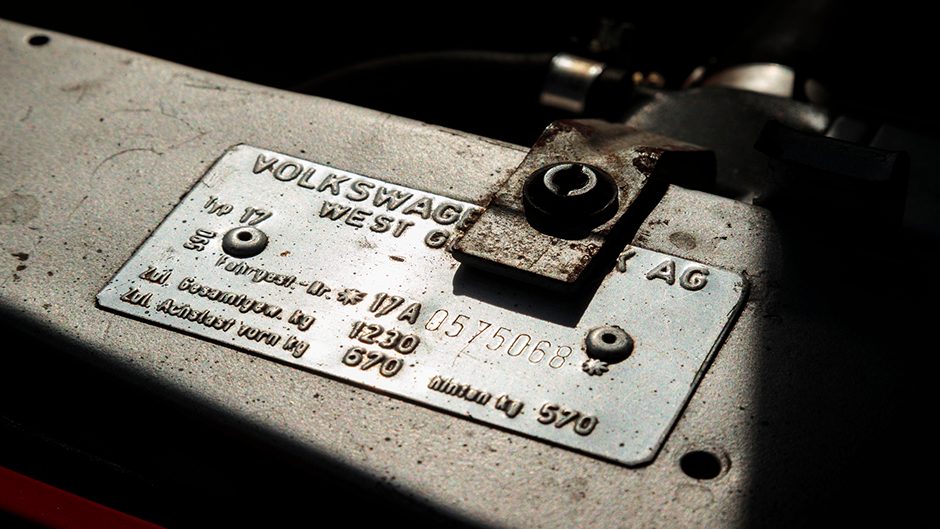
“We deal with whole bunch of cool old stuff here at work, and sometimes you’re bitterly disappointed when you finally drive some of them. I really wanted the GTI to be good, and when I did eventually drive it, it was really good. It’s just such a great car.” He’d always wanted to restore a GTI as father Lyall prepared the Golfs that took line honours at the 1979 Benson and Hedges 500 with Rod Coppins and Jerry Clayton while the second placed GTI was steered by Stirling Moss and Jack Brabham.
The GTI sure delivers a lively driving performance. The four pot has a lumpy idle and its rorty tone sounds great from the noisier than standard exhaust, complete with a barping overrun. There’s plenty of low-end pull for general business, even a paltry 137Nm seems strong when its only having to haul around 900kg, but you have to work it over when getting busy. It performs best from 4000rpm onwards, spinning happily to just past 6000rpm.
You forget how crisp throttle response can be from a sporty naturally aspirated engine, and just how demanding they are of revs and gears; it seems you’re always slotting ratios on a winding road to keep it happy. And that gearbox is no precision implement; it slots the gears with careful persuasion but it’s also easy to get yourself lost around the gate. Call it part of the fun. The GTI is genuinely light, so it’s nimble as Jack.
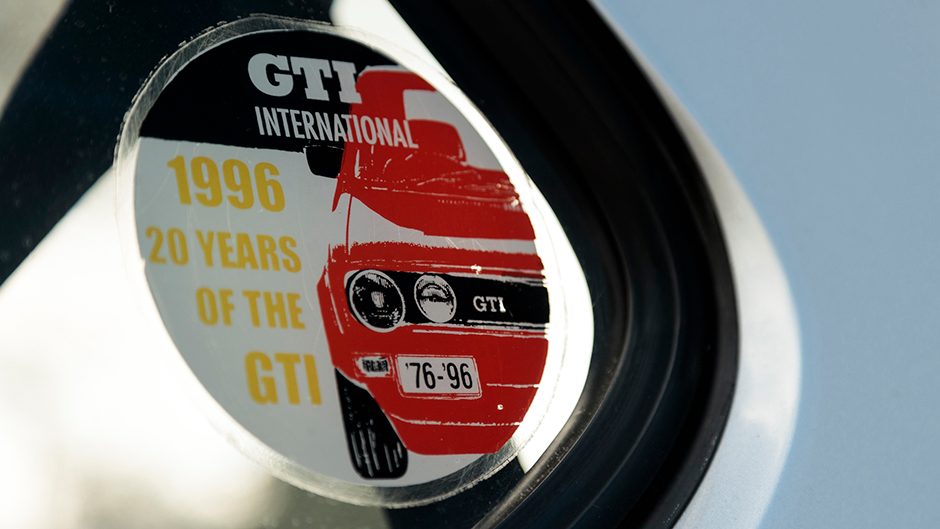
The steering is a little heavy being unassisted but it tucks the front end in easily and there’s plenty of feel buzzing through to the fingers. The 70’s style roll is manageable and while there’s a bit of understeer to contend with, it’s the rear end that keeps you busy; you’re having to saw away at the wheel in the turns to keep it tracking straight.
But the chassis is quite adjustable, you can set it up sweetly for the turns. However, the rear end would likely catch you out eventually should you overcommit. We’re certainly not talking about lots of speed here, but the entire drive experience is one to savour, such is the feel for the action, the noises, smell and effort and concentration required.
It’s a small car too, the cabin cosy with the sort of interior space you’d expect from a supermini these days. Oddments storage is minimal, reminding us that we didn’t need to carry around so much stuff back in the day.
This GTI is currently for sale for $24,995 if anyone’s interested. And once this one’s moved on Williamson wants to get his hands on a 205 GTi for his next project, another hot hatch icon for rebirthing.


